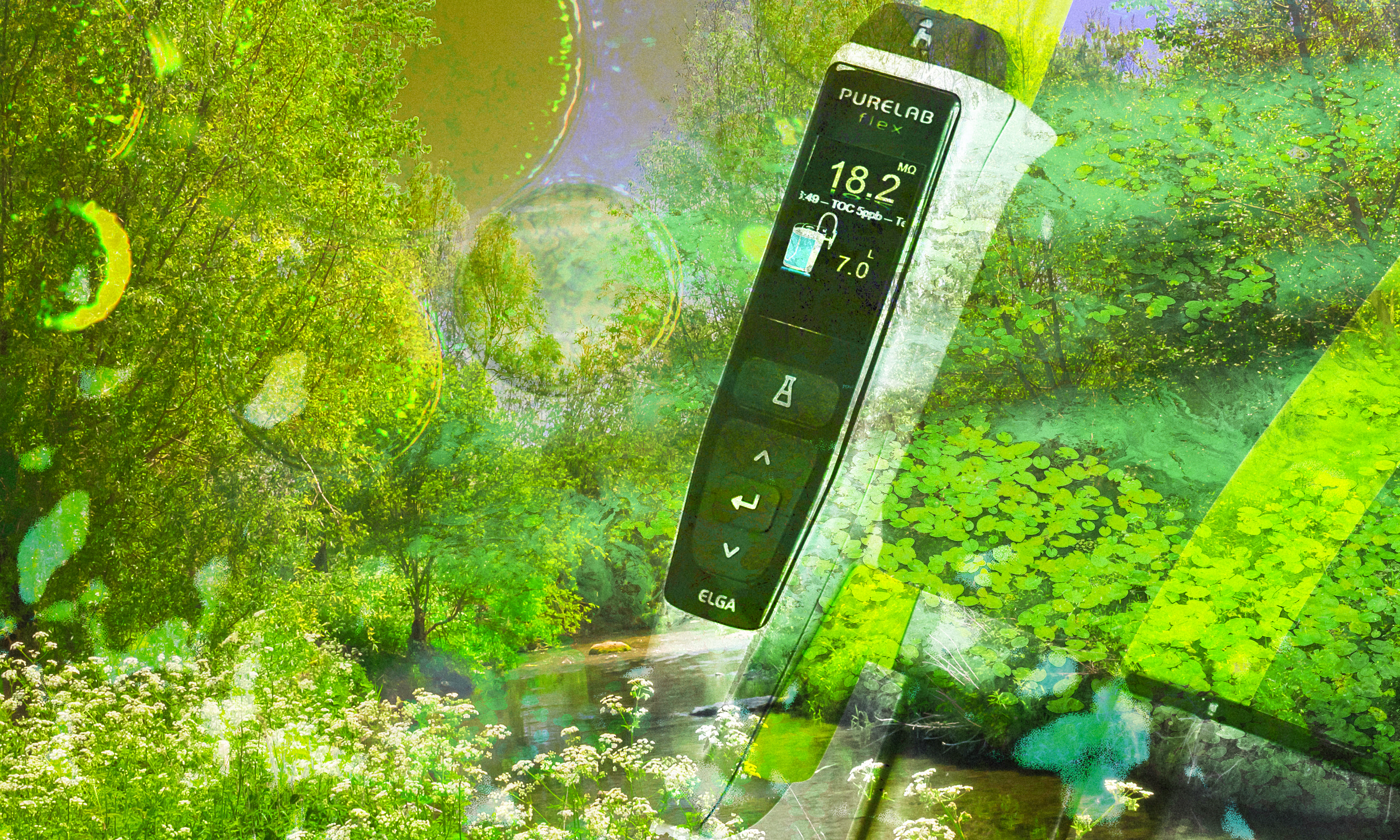A lab-on-a-disc device for determining phosphate levels in water
6 Jun 2022
 Phosphorus is an essential nutrient for human, plant and animal life. However, it is also growth limiting, which makes it an important parameter to monitor in water, where elevated levels can give rise to algal blooms. As phosphate cannot be measured directly in water, a reagent-based detection method is required. Scientists at Dublin City University in Ireland have developed the PhosphaSense device, a portable, compact, centrifugal microfluidic system for the in situ quantitation of phosphate in water.
Phosphorus is an essential nutrient for human, plant and animal life. However, it is also growth limiting, which makes it an important parameter to monitor in water, where elevated levels can give rise to algal blooms. As phosphate cannot be measured directly in water, a reagent-based detection method is required. Scientists at Dublin City University in Ireland have developed the PhosphaSense device, a portable, compact, centrifugal microfluidic system for the in situ quantitation of phosphate in water.
Elevated levels of growth-limiting nutrients, such as phosphorus, lead to algal blooms. These blooms can be toxic to animals and humans, and cause the decay of large amounts of organic matter. This results in hypoxic or anoxic waters, ‘dead zones’, where aquatic animals cannot survive. A number of different methods have been adapted for measuring phosphate levels on site, including colourimetry, electrochemistry and fluorescence emission spectroscopy. Lab-on-a-disc (LOAD) devices are gaining interest as an ideal means of performing rapid on-site measurements, as they enable miniaturisation and automation of laboratory-based analytical protocols. Scientists at Dublin City University have developed the PhosphaSense LOAD device, a fully integrated, centrifugal, microfluidic optical sensor for phosphate determination in water, comparing the results of in situ measurements with those obtained using a lab-based spectrophotometric method.1
Sample preparation and analysis
Type 1 water from an ELGA LabWater purification system was used throughout the study. Water from the River Tolka in Dublin was collected and passed through a 0.45 μm filter prior to analysis on the PhosphaSense system. A further sample was collected at the effluent point of Ringsend Wastewater Treatment Plant (WwTP) in Dublin and filtered, and a 1 in 5 dilution was measured on the system. These served as the low- and high-level phosphate samples, respectively.
Reference measurements for sensor calibrations were performed using laboratory-based spectrophotometric methods. Environmental samples were similarly measured in parallel with analysis using the PhosphaSense device to allow comparison of performance.
The PhosphaSense device uses the ascorbic acid method, a colorimetric absorbance-based assay, for phosphate determination. Phosphate levels are determined based on the formation of a blue phosphomolybdenum complex, measuring absorption at 880 nm. The method offers high sensitivity, easy incorporation onto a microfluidic device, product stability and excellent reagent compatibility with the sensor materials.
The results
The PhosphaSense system showed good accuracy for both the River Tolka and WwTP samples, with a percentage error of 8 % and 5 %, respectively. Calibration curves were linear over a range of 14 to 800 µg/l phosphate phosphorous (PO4-P), with a limit of detection (LOD) and limit of quantitation (LOQ) of 5 and 14 µg/l, respectively.
There was a close agreement between PhosphaSense and reference spectrophotometric measurements, demonstrating the sensor’s excellent analytical performance. PhosphaSense was five times more sensitive than the spectrophotometric method and, while the standard deviation was higher, the LOD was half that of the lab-based method, with a greatly improved LOQ.
Summary
PhosphaSense offers a range of advantages for on-site analyses over traditional, lab-based spectrometry methods. Centrifugal microfluidics are a simpler and lower-cost option for phosphate analysis. The highly versatile PhosphaSense device uses microfluidic disks that can be designed with a range of different path lengths, and can be used for screening a variety of water types. Its small footprint and light weight – along with minimal reagent and sample volume requirements – mean that it is very portable and convenient for use at the sampling site. It also reduces the analysis time compared to standard laboratory protocols; results from three different samples can be obtained from a single disc in 10 minutes. Finally, PhosphaSense provides new opportunities for adapting the microfluidic network and modifying detection wavelengths to enable the application of robust colorimetric methods to the determination of a wide array of analytes.
Why Choose ELGA LabWater?
The presence of impurities in laboratory water can be a major problem in research experiments and can seriously compromise results. ELGA LabWater has been a trusted name in pure and ultrapure water since 1937. We believe in providing you with water purification solutions that can meet a wide range of needs and applications, backed by excellent service and support. For more information on our Type I ultrapure water systems, check out our PURELAB® Quest, PURELAB Chorus 1 Complete and our PURELAB flex models.
1 Duffy, G et al. 2017. PhosphaSense: A fully integrated, portable lab-on-a-disc device for phosphate determination in water. Sensors and Actuators B 246:1085-1091.
